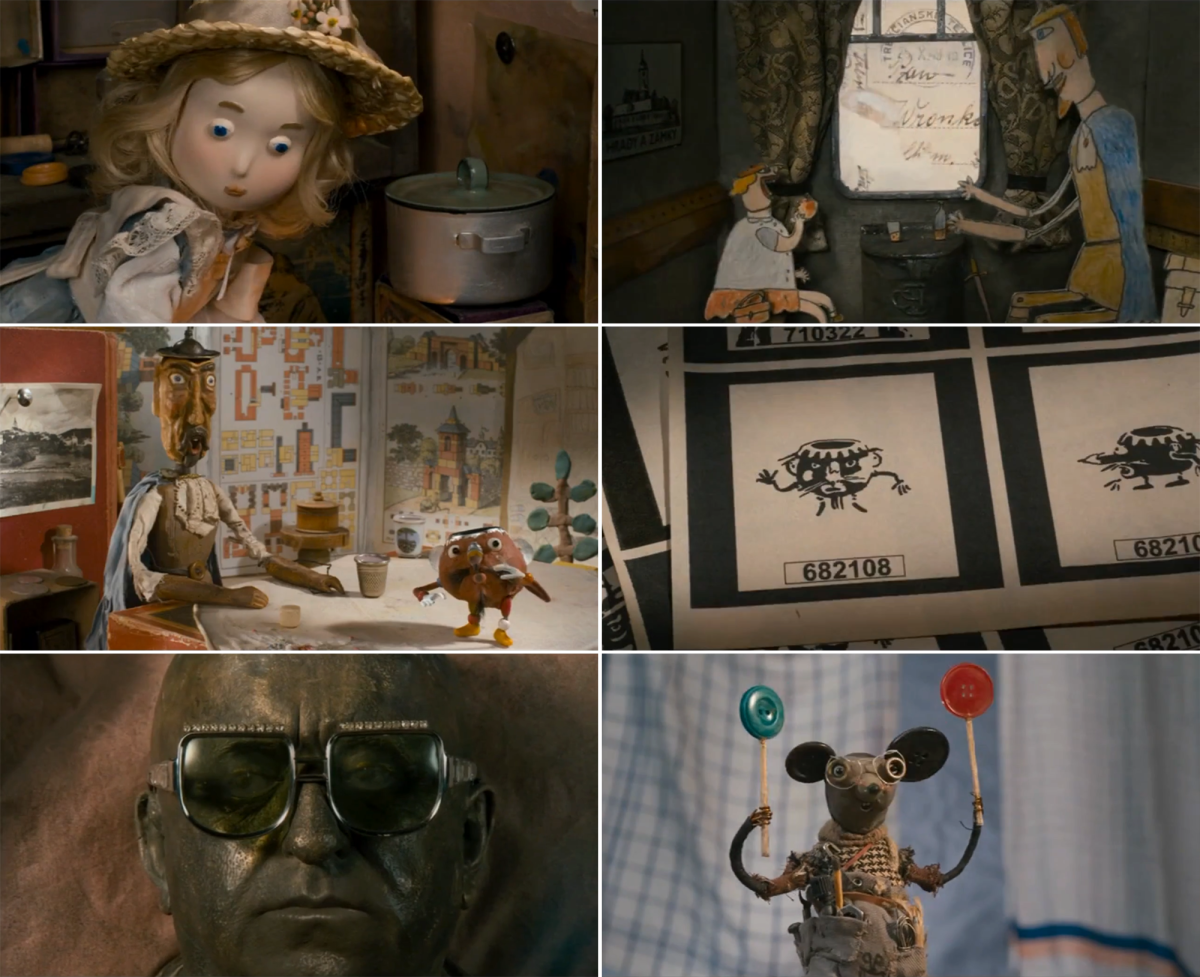
Toys in the attic movie
Introduction
When I was a young child and I would stay over at my grandmother’s house she’d always sit me down on the couch and put on one of the many movies she had in her dvd collection. This may seem fairly wholesome except for the fact that nearly every single movie she’d put on creeped me out and always managed to scare me. An example of this is a 2009 film created by Jiří Barta my grandmother put on called Toys in the Attic. The movie centers around a trio of toys going on a journey to save their friend Buttercup, the doll who was kidnapped. The movie isn’t terrible it’s very artsy being described as a mix between Toy Story and Tim burton but certain scenes in the movie gave me nightmares. It didn’t help that the original film’s language was in Czech so my child brain couldn’t understand a thing said in the movie. The film stuck with me ever since even after rewatching recently. Yes the film was creepy but why was i so afraid of it why had it stuck with me?
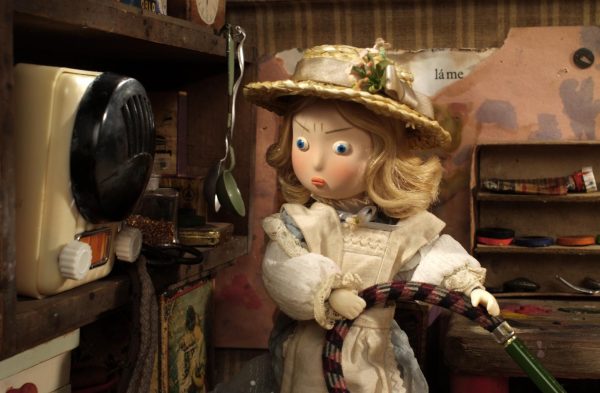
This experience is pretty universal. Every child has seen something on tv that scared them, sometimes unintentionally it’s natural. Whether it’s actually scary or not you’d think the fear would go away eventually but it always manages to stick with people even through adulthood. Why does this happen, what is this phenomena, why wont it go away, does it affect adulthood and how does it affect children now?
How does the brain work
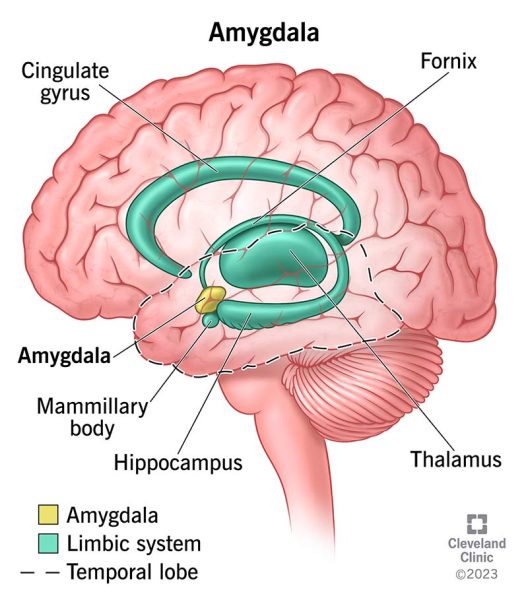
The part of the brain that’s responsible for emotional processing the amygdala is a part of the limbic system (A group of structures in the brain that controls your emotions and sense of smell) The amygdala is primarily involved with fear and other negative emotions.
Now since children’s brains aren’t as developed as adults or teenagers that means their amygdala can’t fully decipher what is and isn’t a real danger which can lead to some strange childhood fears. Some may argue that these fears have only heightened due to the rise of the internet and parents’ lack of monitoring the media their children consume.
Examples
Like me this phenomena has been experienced by everyone. In a survey I took I found that most of the media that people were afraid of was all pretty surreal and hard for children to understand without context. These are some of movies and tv shows people were afraid of
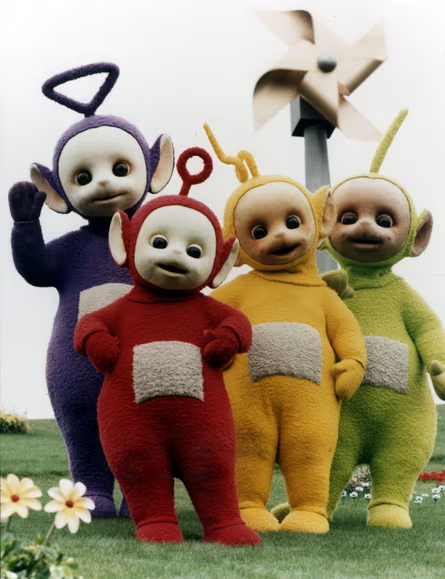
The Teletubbies was a response I got a lot of which honestly surprised me because of how seemingly innocent the show was. When I asked these people why they were so afraid they explained that the character designs of the main characters and background looked creepy. Another person said that when they were little and would surf the internet they would find creepy videos of these innocent characters which led to them fearing them. Upon further research I could see why people were afraid of this show not because of the main characters but certain segments of the show that really made no sense. On top of that the characters speak a weird language having a narrator speak for them adding to the unnerving look of the show.

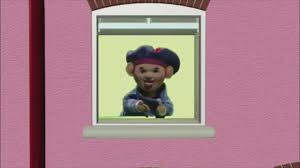
Again Coraline was a response I got a lot of. This response is actually very valid. The movie is an iconic masterpiece beloved by many but the visuals and storyline can also be a lot for a young child to take in. Responders said that the reason they feared the movie was because of the other mother. This person explained that they feared the other mother because they believed she was real and would eventually replace their own mother. Another responder said that they also feared the other mother because of her true form.
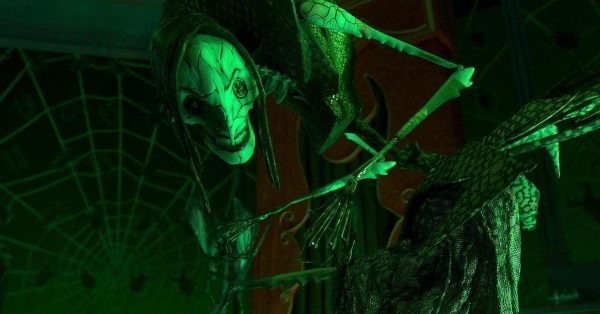
Other notable responses included Courage the cowardly dog, the children’s show that is famous for traumatizing children with its eerie and uncanny animation. This responder was afraid of return the slab scene and said that it was eerie and scary. Goosebumps was another notable response though the show is meant to be a little scary this responder said that they were afraid of slappy the dummy. This responder also mentioned that they watched this in summer camp and couldn’t even turn it off, making the experience more frightening for them.
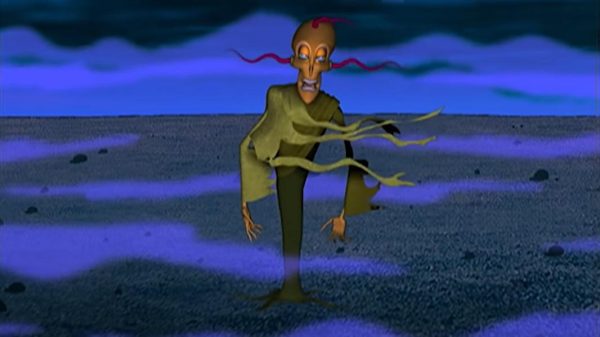
A few responses I found interesting were not movies or television shows but from video games and youtube videos. These responses mentioned the youtube series Don’t Hug Me I’m Scared, happy tree friends and Plants vs zombies. The first two examples don’t hug me i’m scared and happy tree friends look like children’s media at first glance but are actually for older ages. The shows are located on youtube and the contents of them are absolutely not meant for children. Plants vs zombies isn’t the scariest game, but the reason why this responder was afraid of this game was because of the zombies. This responder said that they feared these zombies because they associated the game zombies with real zombies and had nightmares of them.
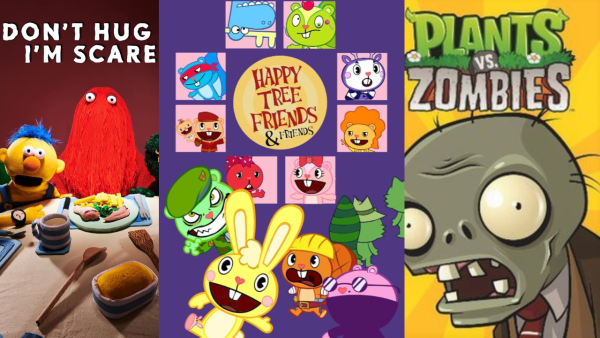
Who’s to blame and how to face your fears
Blaming the people who create movies shows etc would be unfair. Film is an art and art deserves to be shared without unnecessary censorship. Blaming the parents wouldn’t be fair either. Now, if not careful, children have access to everything because of the internet. Parents can’t always control what media their child consumes, but they can always monitor and explain that these things aren’t real and cannot hurt you. Accidents happen and sometimes children see things they either shouldn’t see or find scary. If you’re still afraid of your childhood fear, revisiting the media could be a huge help acknowledging the fear can be a huge help and remembering no matter how silly your fear may sound you’re still valid. And who knows maybe you too will grow to love the media you were once afraid of.
Works Cited:
News Center. (n.d.). Stanford study finds stronger one-way fear signals in brains of anxious kids. https://med.stanford.edu/news/all-news/2020/04/stanford-study-finds-stronger-one-way-fear-signals-in-brains-of-.html
News Center. (n.d.-a). Stanford study finds stronger one-way fear signals in brains of anxious kids. https://med.stanford.edu/news/all-news/2020/04/stanford-study-finds-stronger-one-way-fear-signals-in-brains-of-.html
professional, C. C. medical. (2024, May 1). The amygdala: A small part of your Brain’s biggest abilities. Cleveland Clinic. https://my.clevelandclinic.org/health/body/24894-amygdala
J;, C. K. den B. (n.d.). Fear effects by the Media. European journal of pediatrics. https://pubmed.ncbi.nlm.nih.gov/22124710/